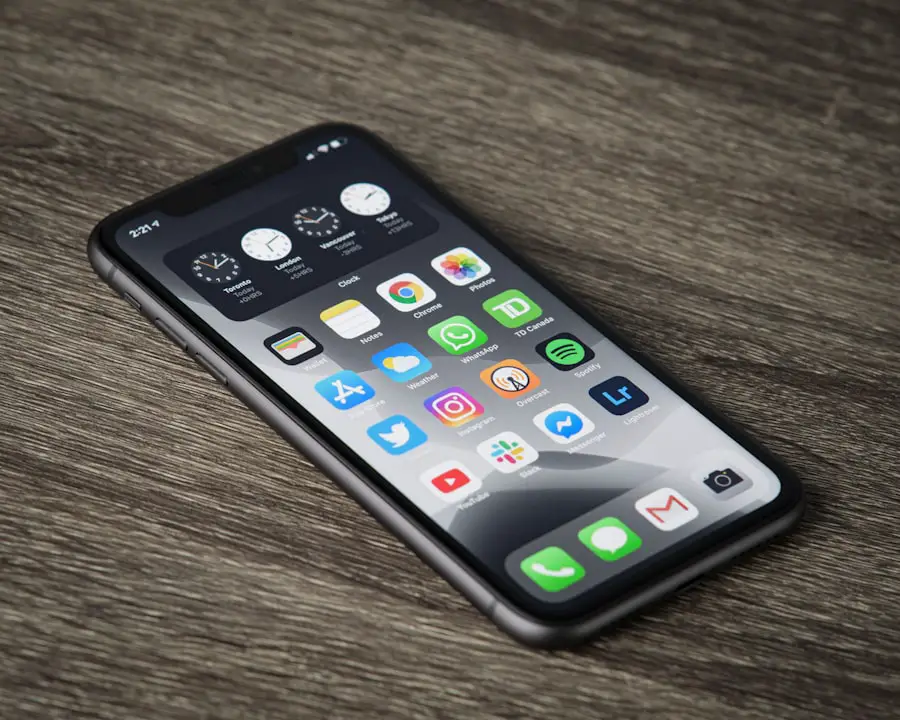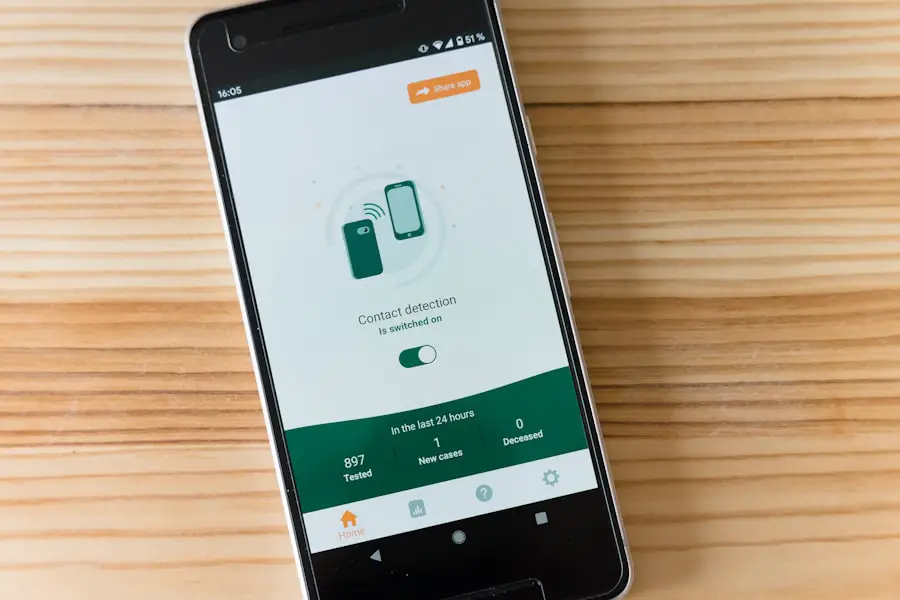The iPhone has undergone a remarkable transformation since its inception in 2007, not only in terms of features and technology but also in its physical characteristics, particularly weight. The original iPhone, released in June 2007, weighed a modest 135 grams (4.8 ounces). This weight was considered relatively light for a smartphone at the time, especially given its innovative touchscreen interface and the array of features it offered.
The design philosophy behind the original iPhone emphasized simplicity and ease of use, which was reflected in its lightweight build. As Apple continued to innovate, subsequent models saw fluctuations in weight due to advancements in technology and changes in design. With the introduction of the iPhone 4 in 2010, Apple opted for a glass and stainless steel design, which increased the weight to 137 grams (4.83 ounces).
This shift marked a significant change in the materials used, as the glass back provided a premium feel but also added to the overall heft. The trend continued with the iPhone 6 and 6 Plus, which were larger and heavier, weighing in at 129 grams (4.55 ounces) and 172 grams (6.07 ounces), respectively. The introduction of larger screens necessitated a more robust structure, leading to an increase in weight.
However, with each new iteration, Apple has also focused on optimizing weight through engineering advancements, such as using lighter materials and refining internal components.
Key Takeaways
- The original iPhone weighed 135 grams, while the latest model, iPhone 12, weighs 164 grams.
- iPhone weight can impact user experience and comfort, especially during long periods of use or when holding the device with one hand.
- Materials and components such as aluminum, glass, and battery size contribute to the overall weight of an iPhone.
- When compared to other popular smartphones, iPhones tend to be on the heavier side, but this can also be attributed to their premium build quality.
- The weight of an iPhone can affect its battery life, as heavier models may require larger batteries to maintain performance.
- iPhone weight can impact portability and convenience for users, especially when carrying the device in pockets or bags.
- Heavier iPhones may be more durable and have a longer lifespan due to their sturdier construction and components.
- Predictions for the future of iPhone weight include potential innovations in materials and design to reduce weight without compromising durability and performance.
The Impact of iPhone Weight on User Experience and Comfort
The weight of a smartphone can significantly influence user experience and comfort during daily use. A lighter device is often perceived as more comfortable to hold for extended periods, making it easier for users to engage in activities such as texting, browsing, or gaming without experiencing fatigue. For instance, users who frequently use their phones for long calls or video watching may find that a lighter iPhone reduces strain on their hands and wrists.
Conversely, a heavier device can lead to discomfort over time, particularly for those who carry their phones in their pockets or bags. Moreover, the weight of an iPhone can affect how users interact with it. A lighter phone may feel more agile and responsive in hand, enhancing the overall tactile experience.
This is particularly important for tasks that require quick movements or gestures, such as gaming or navigating through apps. On the other hand, some users may prefer a heavier device as it can convey a sense of sturdiness and durability. This perception can influence purchasing decisions, as consumers often associate weight with quality and reliability.
Thus, while weight is just one aspect of user experience, it plays a crucial role in shaping how individuals perceive and interact with their devices.
The Role of Materials and Components in Determining iPhone Weight

The materials used in the construction of an iPhone are pivotal in determining its overall weight. Apple has consistently sought to balance aesthetics, durability, and functionality through its choice of materials. For example, the transition from aluminum to glass in models like the iPhone 4 and later versions introduced additional weight but also enhanced the device’s premium feel.
The use of high-quality glass not only improved aesthetics but also allowed for wireless charging capabilities, which further influenced design choices. In addition to external materials, internal components also contribute significantly to the overall weight of the device. The inclusion of advanced technology such as larger batteries, improved camera systems, and enhanced processors can add weight.
For instance, the introduction of dual-camera systems in recent models has necessitated additional components that contribute to an increase in weight. However, Apple has made strides in miniaturizing components and utilizing lightweight materials like titanium and carbon fiber in certain parts of the device to offset these increases. This ongoing evolution reflects Apple’s commitment to innovation while maintaining a focus on user comfort and experience.
Comparing the Weight of iPhones to Other Popular Smartphones
| Smartphone Model | Weight (g) |
|---|---|
| iPhone 12 Pro Max | 228 |
| Samsung Galaxy S21 Ultra | 227 |
| Google Pixel 5 | 151 |
| OnePlus 9 Pro | 197 |
When comparing the weight of iPhones to other popular smartphones on the market, it becomes evident that Apple’s devices occupy a unique niche. For example, flagship models from competitors like Samsung and Google often weigh similarly or even slightly more than their iPhone counterparts. The Samsung Galaxy S21 weighs approximately 169 grams (5.96 ounces), while Google’s Pixel 6 comes in at around 207 grams (7.3 ounces).
These differences can be attributed to various factors including screen size, battery capacity, and material choices. Interestingly, while some users may gravitate towards lighter devices for ease of handling, others may prefer the heftier feel of certain Android models that often incorporate larger batteries or additional features like advanced camera systems. This comparison highlights how consumer preferences can vary widely based on individual needs and usage patterns.
Ultimately, while weight is an important consideration for many users when selecting a smartphone, it is just one aspect among many that influence overall satisfaction with a device.
The Relationship Between iPhone Weight and Battery Life
The relationship between an iPhone’s weight and its battery life is complex and multifaceted. Generally speaking, heavier devices tend to house larger batteries capable of supporting extended usage times. For instance, the iPhone 13 Pro Max weighs 238 grams (8.4 ounces) and features a substantial battery that allows for up to 28 hours of talk time or up to 25 hours of internet use.
This increased weight is justified by the enhanced battery life that many users find appealing. However, Apple has also made significant strides in battery efficiency through software optimization and advanced chip design. The A15 Bionic chip found in newer models is engineered for energy efficiency without necessarily requiring a larger battery size.
As a result, some lighter models can still offer impressive battery life despite their reduced weight. This balance between weight and battery performance is crucial for users who prioritize longevity without wanting to carry around a cumbersome device.
How iPhone Weight Affects Portability and Convenience for Users

Portability is a key consideration for smartphone users who often carry their devices throughout their daily routines. A lighter iPhone can enhance convenience by making it easier to slip into pockets or bags without adding significant bulk. For individuals who rely on their phones for navigation or communication while on the go, a lightweight device can be less cumbersome during travel or outdoor activities.
Conversely, heavier devices may pose challenges for portability, particularly for users who prefer minimalism or those who frequently switch between multiple devices throughout the day. For example, commuters who rely on public transportation may find that a lighter phone is easier to manage alongside other belongings such as bags or laptops. Additionally, users who engage in fitness activities may prefer lighter devices that do not hinder movement or add unnecessary weight during workouts.
The Influence of iPhone Weight on Durability and Longevity
Durability is another critical factor influenced by an iPhone’s weight. Heavier devices often incorporate more robust materials that can withstand drops and impacts better than lighter counterparts made from less durable materials. For instance, the use of stainless steel frames in certain models not only adds weight but also enhances structural integrity, making them less prone to bending or breaking under stress.
However, advancements in technology have allowed manufacturers to create lightweight yet durable materials that do not compromise on strength. Apple’s use of aerospace-grade aluminum and ceramic shield glass exemplifies this trend; these materials provide both protection and a premium feel without significantly increasing weight. As consumers become more aware of durability concerns—especially with the rising costs associated with smartphone repairs—manufacturers are increasingly focused on creating devices that balance weight with resilience.
The Future of iPhone Weight: Predictions and Potential Innovations
Looking ahead, the future of iPhone weight will likely be shaped by ongoing innovations in materials science and engineering practices. As technology continues to evolve, manufacturers may explore new lightweight materials that offer enhanced durability without compromising performance or aesthetics. For example, advancements in graphene technology could lead to even lighter devices with superior strength characteristics.
Additionally, as battery technology progresses—potentially moving towards solid-state batteries—there may be opportunities to reduce weight while increasing energy density. This could allow for slimmer designs without sacrificing battery life or performance capabilities. Furthermore, as consumer preferences shift towards sustainability and eco-friendliness, manufacturers may prioritize materials that are both lightweight and environmentally responsible.
In conclusion, while the evolution of iPhone weight has been influenced by various factors including design choices, material innovations, and user preferences, it remains a critical aspect of the overall user experience. As Apple continues to innovate and adapt to changing consumer needs, it will be fascinating to see how future iterations balance these considerations while maintaining their reputation for quality and performance.
If you are curious about the weight of an iPhone, you may also be interested in learning more about the terms and conditions of owning one. Check out this article for more information on what you need to know before purchasing an iPhone.
FAQs
What is the weight of an iPhone?
The weight of an iPhone varies depending on the model. For example, the iPhone 12 Pro weighs approximately 189 grams, while the iPhone 12 Pro Max weighs around 228 grams.
How does the weight of an iPhone compare to other smartphones?
The weight of an iPhone is comparable to many other smartphones on the market. It is important to note that the weight of smartphones can vary widely depending on the model and manufacturer.
Does the weight of an iPhone affect its portability?
The weight of an iPhone can affect its portability for some users. While lighter iPhones may be easier to carry and handle, heavier iPhones may feel more substantial and durable.
Are there any factors that contribute to the weight of an iPhone?
Several factors contribute to the weight of an iPhone, including the materials used in its construction, the size of the device, and the components and technology packed into it.
Does the weight of an iPhone impact its performance?
The weight of an iPhone does not directly impact its performance. Performance is more closely related to the internal components and software of the device rather than its weight.










